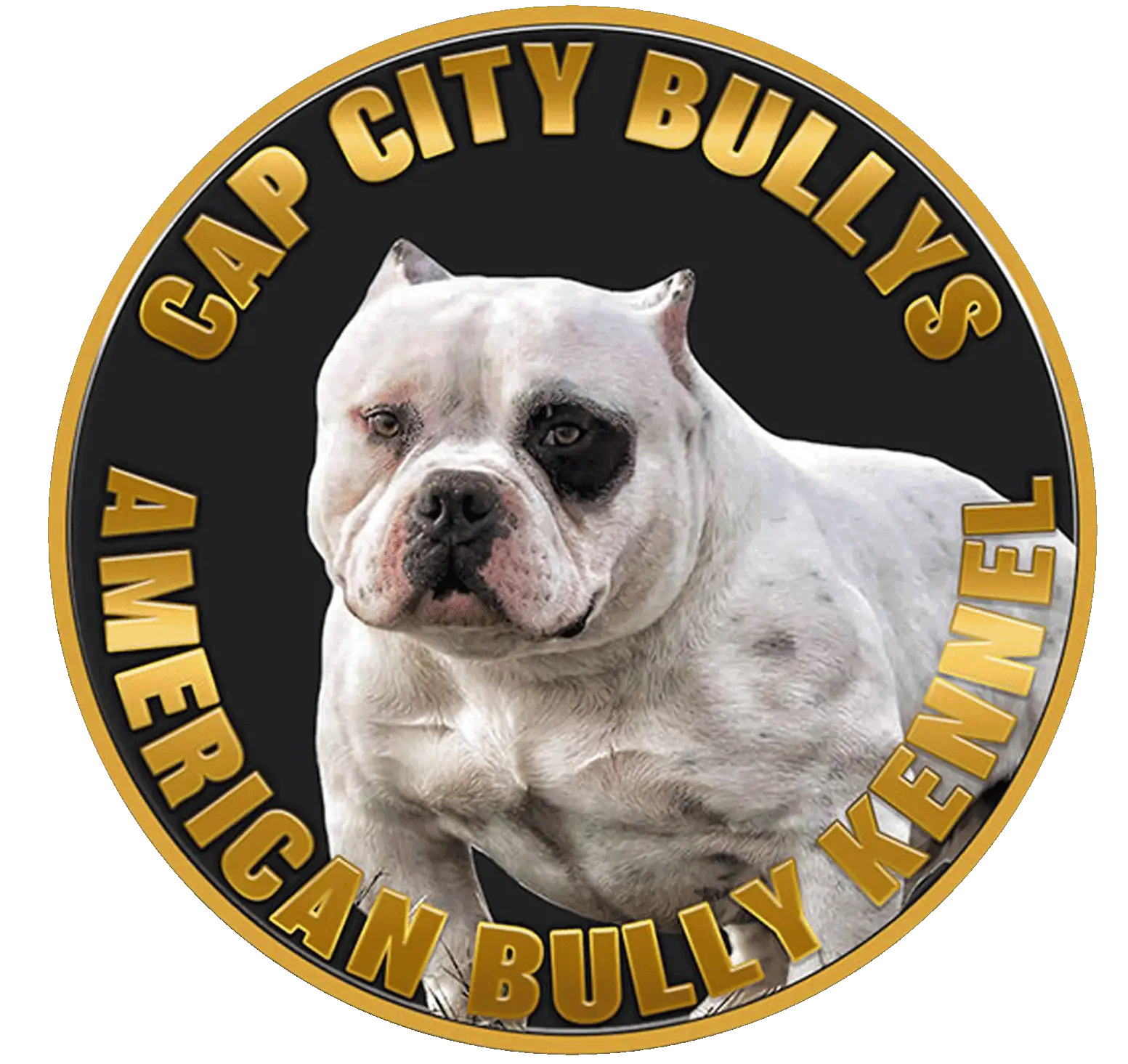The American Bully is a mix of several other breeds, and while it isn’t an old breed in itself, its predecessors can trace their lineage back thousands of years. As discussed in part 1, the breed was created to have the desired attributes of these breeds, but without any of the “bad” parts.
Part 2 in this 4 part series looks at the breed’s appearance, and where it has got these attributes.
What does the American Bully look like?
The American Bully traces its heritage back to American Staffordshire Terriers, American Pit Bull Terriers, and various bulldog breeds. As these breeds all share reasonably similar traits in terms of size, muscle structure, and face, it’s no surprise that the American Bully has come out looking much like them. If anything, one of the main purposes of the breeders was to create a dog that embodied all of the desirable bulldog traits, but without any of the aggression that the breeds have been known for.
American Bullys are medium sized dogs, typically standing between 13 and 20” tall. There is smaller Bully version of the Bully called the Micro Bully, recognized by the American Bully Registry. As the breed is recognized by various kennel clubs, there are strict requirements relating to height, weight, and color. The standard weight of an American Bully is between 66 and 88lbs, making it a very stocky dog for its size.
Typically, the breed is characterized by its muscly and stocky physique, which come from its Bull Terrier predecessors. Terriers and bulldogs were typically bred for a number of purposes, including hunting and fighting, and so needed to be very powerful animals. While the American Bully wasn’t bred for these purposes, its muscly physique is one of its most desirable traits, particularly as the breed now doesn’t have the same level of aggression behind it.
The American Bully has a blocky head and medium muzzle, and its face is arguably one of its most recognizable traits. It typically has triangular pointy ears that stick up on its head. The breed is also known to have some wrinkles around its muzzle, but nowhere near the level of breeds such as the French or English bulldog. The head is generally proportionate to the size of its body, and is on the larger side, but this is balanced against its muscly body.
The breed is also characterized by its coat, which is short, bristly, and hard to the touch. The coat is generally glossy too, but typically shouldn’t be wavy or long. Its coat is dense, but isn’t double layered like some other shorthaired dogs. This means that the breed doesn’t shed as much as something like a Pug, but does still need regular grooming to keep it in good condition. Any color is accepted by kennel clubs, although the most common are fawn, grey, or a combination of colors.
The American Bully’s appearance can be traced back through its lineage of ancestor breeds, and it looks very similar to both Terriers and bulldogs. In the past, these breeds needed to be dense and stocky to make them better at their jobs, but these have now become desired characteristics in a number of breeds. However, keeping the dog to kennel standards means there is significantly less variation in appearance than before, which also means selective breeding is more important. This can sometimes lead to health complications in dogs, which are discussed later in this article.

